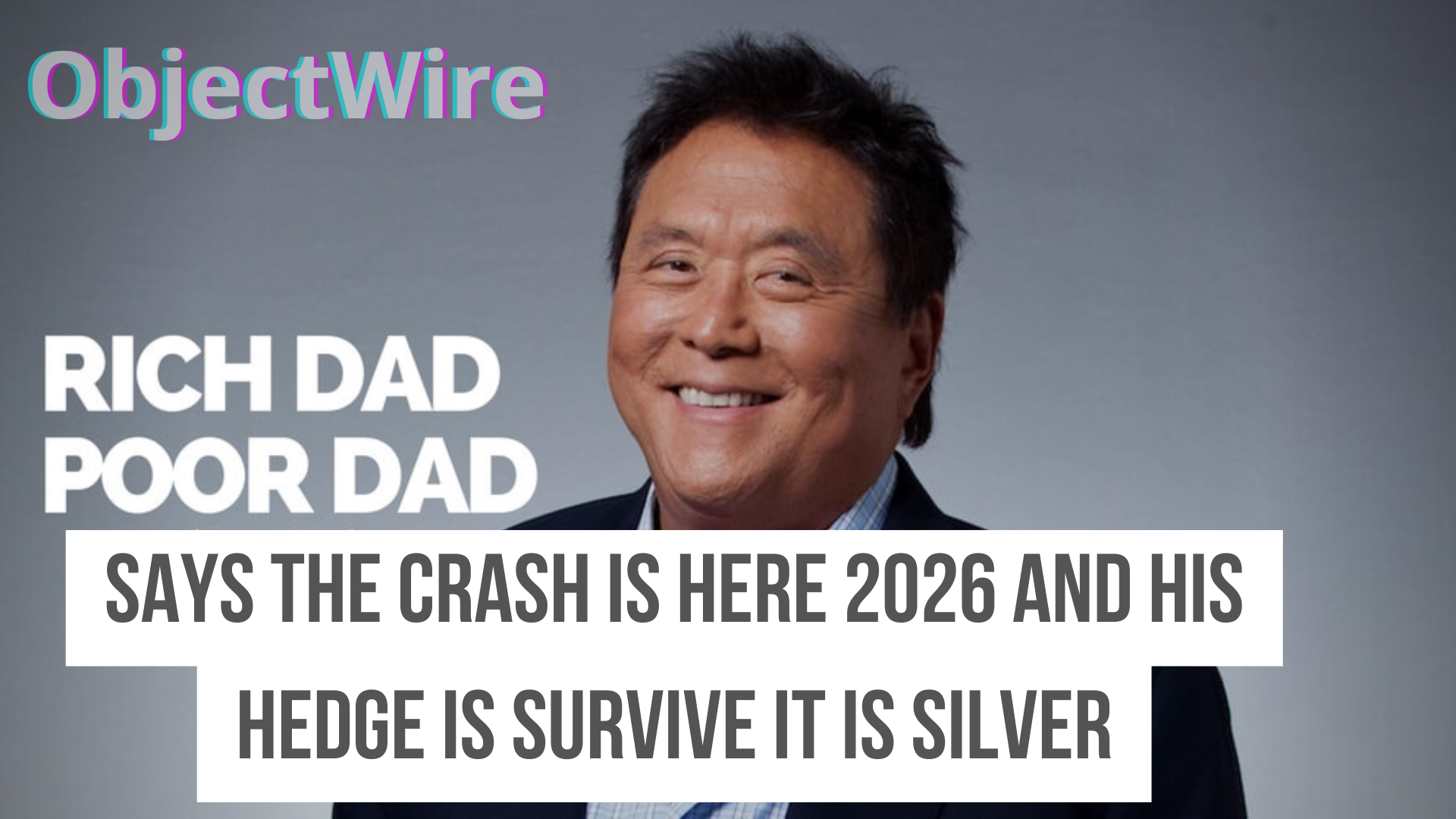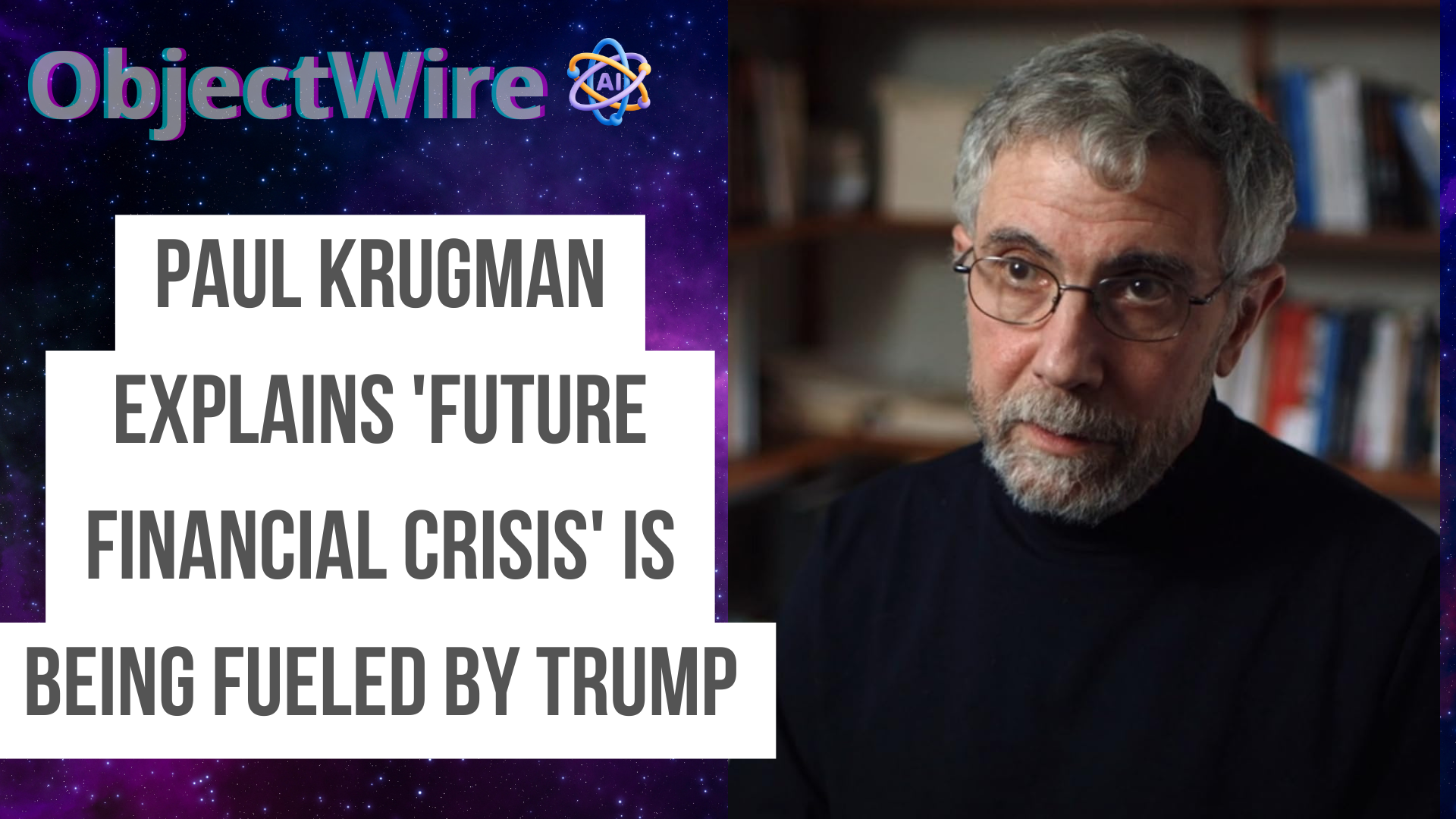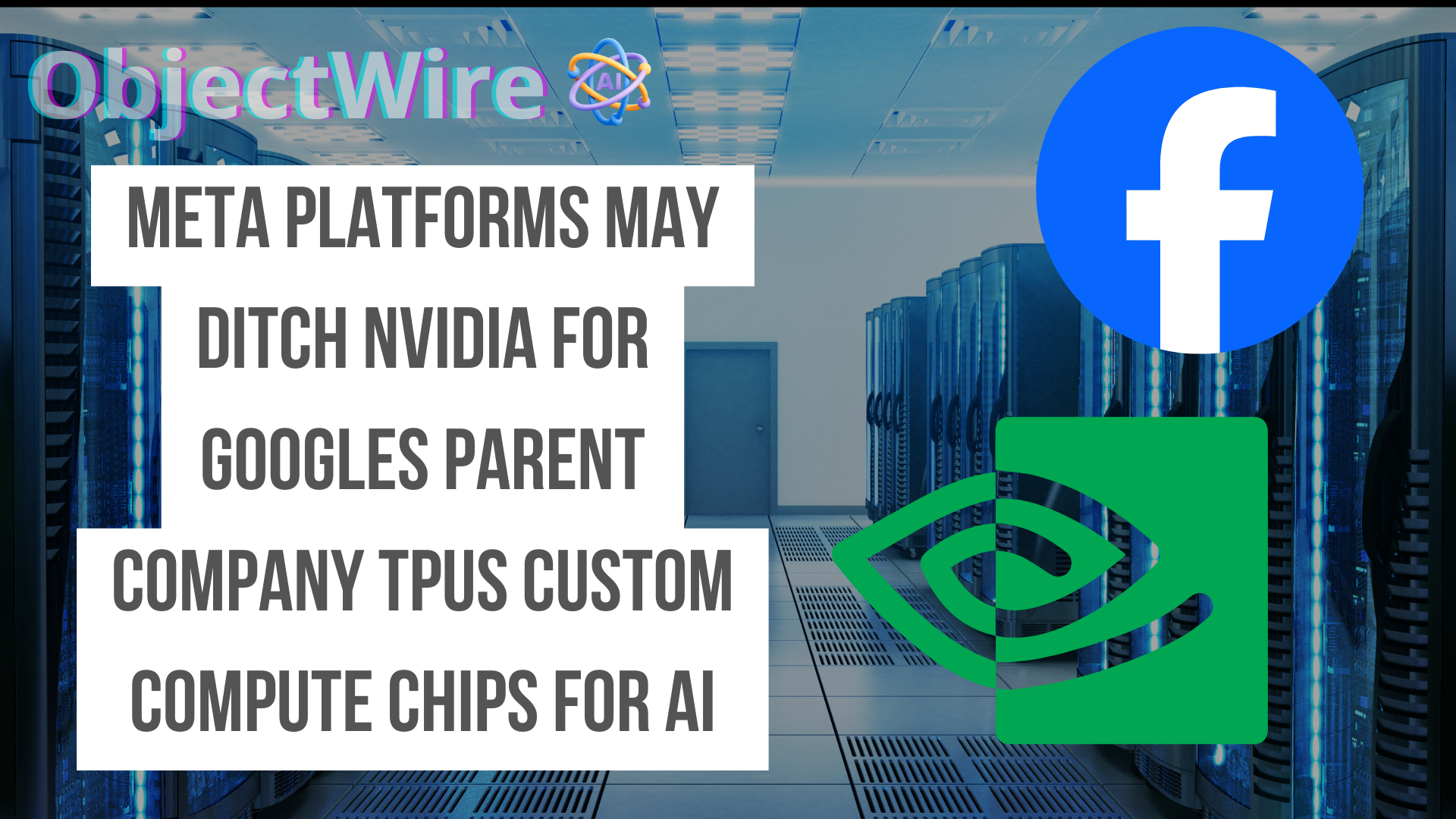What Does Rainmaker Do? How Does Cloud Seeding Technology Work?
Imagine summoning rain to save drought-stricken farmlands or replenish shrinking reservoirs. This is the bold mission of Rainmaker Technology Corporation, a California-based startup led by 25-year-old CEO Augustus Doricko, who’s transforming cloud seeding into a high-tech solution for global water scarcity.
Founded in 2023, Rainmaker has raised $31.3 million to advance weather modification, sparking both hope and controversy. How does its technology work, and can Doricko’s vision navigate skepticism to deliver results?
Who is Augustus Doricko?
At 25, Augustus Doricko is an unconventional leader in weather modification. A former UC Berkeley physics and data science student, he left college one class shy of graduation to pursue entrepreneurial ventures. His first startup, Terra Seco Solutions, automated water compliance for Texas farmers, exposing him to the West’s water crisis.
This inspired Rainmaker’s founding in 2023, with a mission to “make Earth habitable” (news flash Cornell grad; its already habitable) through cloud seeding.
Posts on X accuse him of “playing God.”
How Does Cloud Seeding Technology Work at Rainmaker? Is it legal.
Operating in drought-prone states like Texas, Utah, and Colorado, Rainmaker supports agriculture, reservoirs, and ecosystems. Unlike traditional methods using manned aircraft or ground generators, Rainmaker’s technology is cutting-edge:
- Drone-Based Seeding: Weather-resistant drones with heating elements deliver silver iodide precisely, boosting efficiency by 10-20% over older systems.
- Radar and AI Modeling: Proprietary algorithms and numerical weather models pinpoint optimal clouds, reducing waste.
- Eco-Friendly Agents: Sustainable seeding materials minimize environmental impact.
Covering 31 million acres in Texas, Rainmaker’s operations recharge aquifers and aid farmers, with contracts from the Sacramento Municipal Utility District and Colorado ski resorts.
Rainmaker Company History 2025: From Startup to Trailblazer
Founded in 2023 in El Segundo, California, Rainmaker grew from Doricko’s insight that water policies prioritize conservation over creation. Building on cloud seeding’s 1940s roots—pioneered by Bernard Vonnegut—Rainmaker modernized the practice with drone and radar technology. Early partnerships with meteorologists and universities led to a $6.3 million seed round in May 2024 from investors like Long Journey Ventures and Garry Tan. See funding details here.
In 2025, a $25 million Series A fueled expansion into Utah and Oregon. Collaborations with Atmo for AI-driven cloud selection and eco-friendly seeding agents distinguished Rainmaker from competitors like Understory. Ranking fourth among 11 weather modification firms, Rainmaker’s rapid rise is notable. Explore its competitive landscape here.
Rainmaker’s Key Achievements and Milestones
Rainmaker’s brief history is marked by significant achievements:
- Funding Success: Secured $31.3 million across two rounds, backed by investors like Lowercarbon and Balaji Srinivasan.
- Strategic Contracts: Partnered with municipalities and ski resorts, boosting water for 31 million acres in Texas and the Great Salt Lake.
- Technological Innovation: Enhanced precipitation efficiency with drone-based seeding and radar systems, validated by meteorological data.
These milestones have cemented Rainmaker’s role in tackling the West’s water crisis, where drought affects 70% of U.S. agricultural land. Yet, controversy looms large.
Texas Flood Controversy: Cloud Seeding Under Scrutiny
In July 2025, catastrophic Texas floods, claiming over 100 lives, followed a July 2 cloud seeding mission in Karnes County. Social media, including posts like @1Nicdar’s claiming Doricko has “blood on his hands,” blamed Rainmaker. Doricko clarified that the 20-minute mission, using 70g of silver iodide, dissipated hours before a tropical storm dumped 4 trillion gallons.
Meteorologist Travis Herzog supported this, noting cloud seeding enhances existing clouds by up to 20% but cannot create major storms. Read Doricko’s response here.
With global water demand projected to rise 30% by 2050, Rainmaker’s potential is immense, but state bans in Tennessee and Florida threaten expansion. Doricko’s faith-driven view of cloud seeding as environmental stewardship may resonate, but overcoming regulatory hurdles and public distrust is critical.
Can Rainmaker deliver on its promise without crossing ethical boundaries? Is this all legal? Stay tuned to Objective News and leave a comment below.
Contact Us






